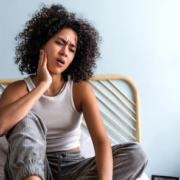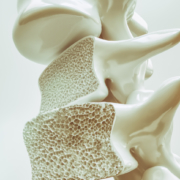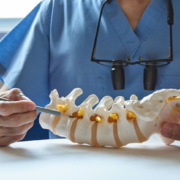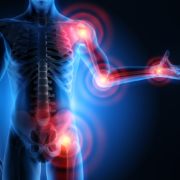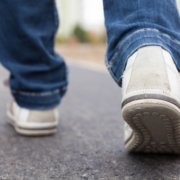Text Neck Killing Your Posture
The Hidden Weight of Your Head: How Texting Can Harm Your Neck and Posture
The average human head weighs around 10 pounds—a substantial weight when supported by your neck, especially in forward-angled positions like looking down at your phone. This posture can lead to what’s now known as “Text Neck,” a condition increasingly seen across all age groups.
How Your Phone Impacts Your Posture
Our bodies are designed to support the head’s weight when we maintain an upright posture. However, every inch your head tilts forward doubles the pressure on your spine, putting an extra 10 to 20 pounds of strain on your neck. With people spending hours daily on their phones, this pressure compounds, stressing the muscles and tissues in your neck. This strain can lead to discomfort and even long-term pain if ignored.
According to the Washington Post, bending your head down to look at your phone is like holding your finger back as far as it can go for an hour each day. Over time, this stress can lead to serious complications.
Potential Injuries from Text Neck
The strain caused by Text Neck can lead to a range of mild to severe injuries, including:
- Sore muscles
- Inflamed tissues
- Pinched nerves
- Herniated discs
- Loss of the natural curve of the neck
These injuries may cause ongoing pain and discomfort and can lead to additional health issues, including chronic neck and back pain.
Preventing Text Neck
While giving up smartphone use isn’t practical, here are steps you can take to protect yourself:
- Use Your Eyes, Not Your Neck: Instead of tilting your head, practice using your eyes to look down. While this may not work in every situation, it can significantly reduce strain on your neck.
- Strengthen Your Neck & Shoulder Muscles: Doing exercises to strengthen these muscles can provide better support for your head, reducing stress on the neck.
- Mind Your Head Position: Awareness is key. Practice holding your head upright while using your phone, and try to catch yourself whenever you deviate from good posture.
Relief for Neck Pain
If you’re experiencing neck pain due to Text Neck or other injuries, chiropractic care can help. Contact us today to schedule an appointment and find relief!


